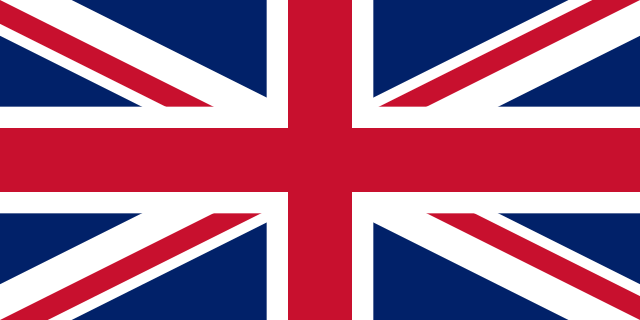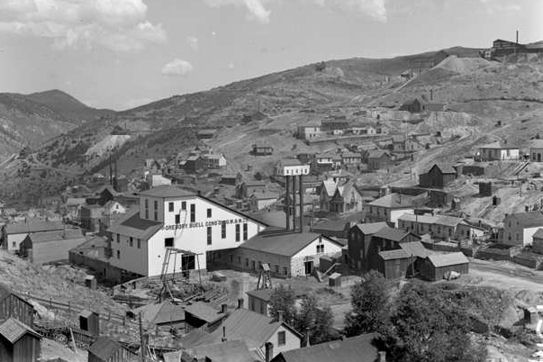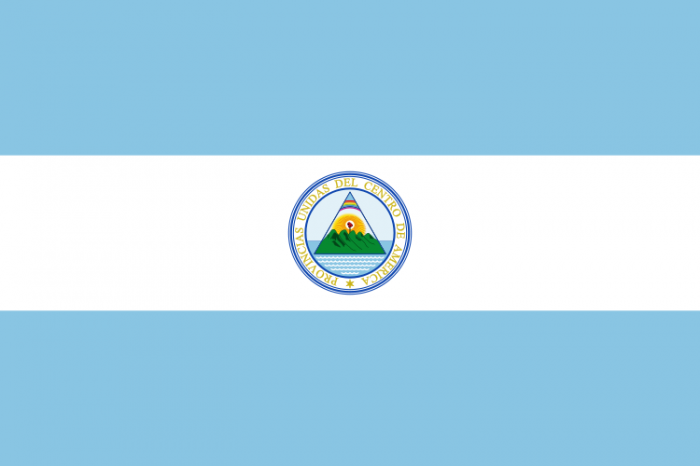De Mobilisatie uit Hulpmiddel (Mobilization of Resources) Dutch Internal Events
With pressure from various parties but mostly from Queen Wilhelmina herself, the leader of the
ARP Party, Hendrikus Colijn, passed a series of acts now known as the Mobilization of Resources Acts.
The "New Navy" Naval Plan
The first, passed in 1924, was mostly aimed at expanding the minuscule Dutch Navy after it's effectiveness, particularly at the twin battles of Noorderhaaks,
the first in which a French Light Cruiser and several Destroyers attacked the primary Dutch Squadron made of 2 old Cruisers and several smaller ships,
but were repulsed with the aid of shore batteries. The second was a much larger attack made to knock the Dutch out of the war entirely, but this gambit
too failed, with the massed Anglo-French Fleet that included numerous battleships ran into minefields after minefields, and upon reaching the island
found numerous shore batteries and more minefields, and so the withdrew. Recounting this, action was taken to expand the navy but through quality,
not quantity. Although construction for the Light Cruiser
Celebes was approved (She was launched Later in 1926) no additional ships were ordered.
This is because plans were being drawn up for additional, state of the art ships. The first of the Dutch "New Navy" to be designed, were the
Admiralen-Class destroyers with the construction of the first 4 beginning in 1925, with 2 being completed before the year 1926 was up. These ships
were well armed, and perhaps more importantly, cared mine laying equipment. The second group of 4 followed a year later, with the only real difference
being that they were equipped with minesweeping equipment instead. Meanwhile, plans for another class of light cruiser, minelayers, and
even a battle cruiser are in progress, although the pacifist movement fights these plans at every step.
(Yes, I did miss the 8 Wolf-Class destroyers in the turn post)
The Reconstruction 8-Year Plan
With the vast industrial facilities of Wallonia having been devastated during the Great War, with factories burned or shelled, it took 6 long years
for the Dutch to act. In April 1926, the minister of social affairs Jan Rudolph Slotemaker de Bruïne of the CHU Party approved a massive reconstruction
plan to rebuild the devastation in Wallonia. Do the funds needed, and the extent of the damage, the plan is estimated to complete it's finally goals in 8-years,
but an additional problem is Colijin's meddling with the politics in the region, which could stop the plan altogether.
The Belgian Question
It was no question that the Dutch were not loved in Wallonia. With the Nationalists broken and defeated, most parties saw that their occupation of Belgium
made them look light invaders, aggressors. Despite giving Belgians free and equal rights and the passing of the 8-Year Plan, the unrest continued.
Then, a solution presented itself. A liberal body of Belgians began peacefully protesting in Brussels and Amsterdam. Instead of protesting for
reunion with France, they were protesting for independence. Although less than 20,000 participated, Colijin listened and made a public address
claiming he would look into the matter, which swelled the numbers of the Liberal Party ten-fold as it appeared to be the first successful protest thus far.
However, even though the Dutch agreed to free Belgium, a pressing problem presented itself, Germany and France. Germany had made uncountable
claims to "Flanders" so much so as trying to instate a German Prince upon a "free" Belgium before the outraged Dutch threaten to end talks. And
France, well, wanted to install it's tyranny to the Belgian people once again. Thus, complete independence was impossible. However,
Paul-Émile Janson, agreed for a referendum to take place next year. There is to have only 2 options, to have Home Rule (Not a dominion)
or to remain a part of the Netherlands. The date for the referendum is set to be January 15th, 1927.
(
@The Lone Taco)








